Brendan Gallagher continues his series looking at rugby's great schools
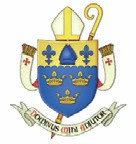
IT'S over 22 years since anybody laced up their boots and played in anger for Douai School – for most, Douai is just a vaguely ecclesiastical name receding rapidly into the mists of time. Unlike many schools of yesteryear they didn't stumble on in a reconstituted form with, to a certain extent, the name and memories retained.
When the Benedictine school in Woolhampton, Berkshire closed down in 1999 it disappeared forever and its quirky rugby heritage nearly followed, although happily some old school magazines live on and we have the added bonus that two of the most versatile wordsmiths imaginable – Guardian sportswriter Frank Keating and poet and author PJ Kavanagh – both attended the school and played rugby there.
Douai was ruled with a rod of iron by the monks, with some of their young seminaries playing for the school team. It was considered a rather down trodden establishment, noted among other things for its appalling food.
As Kavanagh wrote in the biographical Perfect Stranger: “Compulsory rugby after a succession of untouched meals is a misery without parallel.” He nonetheless featured in the Douai First XV in 1946-47.
It was also an incredibly small school. Even at its absolute height in the mid 1980s it ‘boasted' just over 300 pupils in total so to field a First and Second XV virtually every sixth former in residence had to play rugby. No escape. Football was not just banned, it was the anti-Christ and according to Keating, a Father Norbert would confiscate and destroy any footballs he found on his rounds and punish anybody seen playing with them. Bloody hell!
Rugby was introduced to the school in 1919 and under the initial guidance of the old England hooker George Smeeton – who coached both the monks and the lads – it was remarkably successful. Father Columba Merrick took over the baton from Smeeton and indeed two of the best seasons in the school's history came in these early years.
Thereafter fortunes were mixed but eventually even this miniscule school was to win the Rosslyn Park Sevens, in 1959, a year after they claimed the prestigious Oxford Sevens, the same tournament incidentally when their Second Vll defeated mighty Millfield in the first round. For many seasons they punched massively above their weight even if there were also winters when they couldn't buy a win.
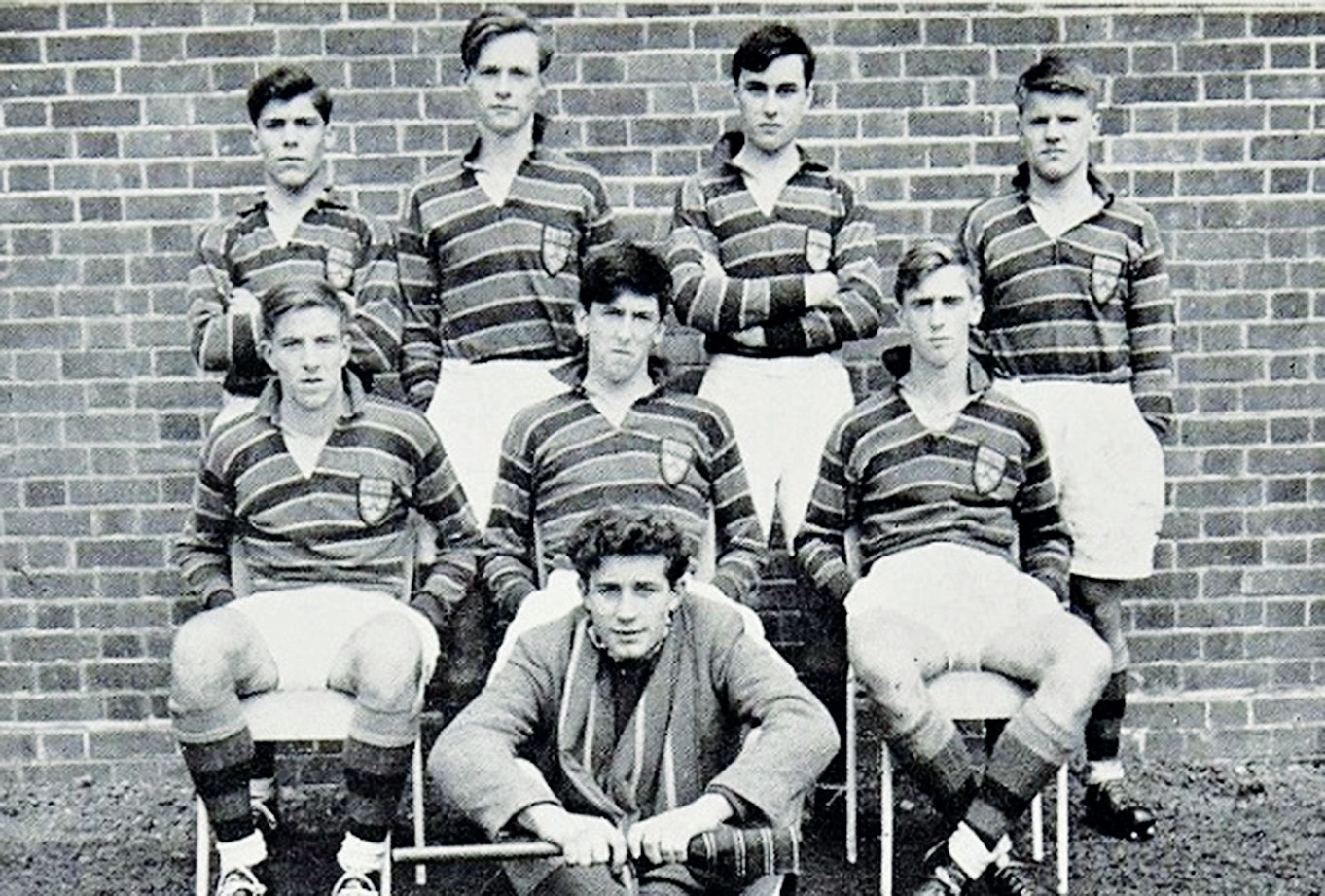
Keating enjoyed two years in the First XV – neither were particularly successful or unduly disastrous – and although praised lavishly in the school magazine for the excellence of his long pass from scrum-half he was in competition for the starting place throughout that time with with CA Booth whose “all round play and excellent defence” also drew high praise from the anonymous hand in the school's magazine.
In the mid-fifties Douai started to target the Rosslyn Park Sevens – known as the Public Schools Sevens then – and although there was a fine showing in 1952 when they reached the quarter-finals with a side featuring a brilliant centre in Bruno Orsi, they struggled a little tactically on occasions. As Keating recalled before the first round in 1955 their coach, Father Wulstan, contemplating the six or seven wins needed to take the title, pleaded with his team not to overcook it in the first round against Radley.They obeyed him so precisely they lost 39-0, at a time when it was only three points per try!
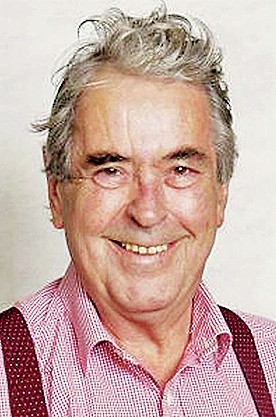
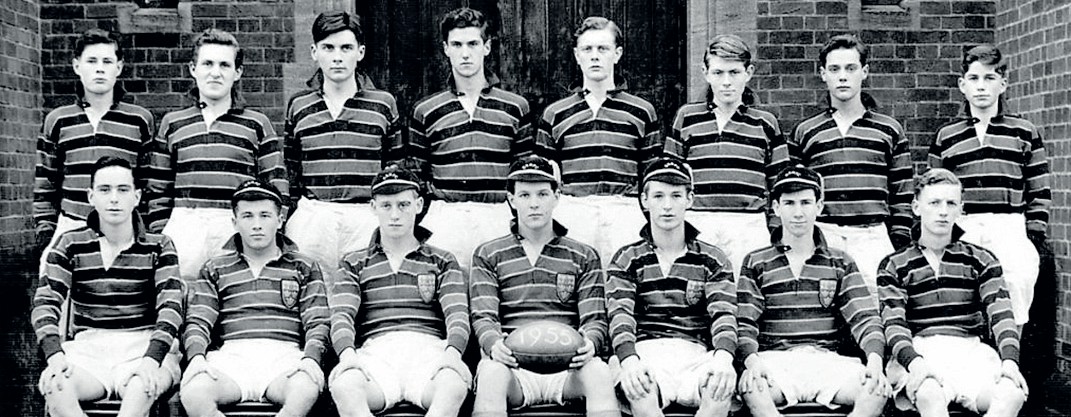
Douai's unquestioned highwater mark was that national schools title in 1959 which came off the back of an exceptionally strong year group headed by Mick ‘Taffy' Horgan, who was a final triallist at full-back for the Welsh schoolboys for two years running, and fly-half David Allanson, who won selection for the London Scottish schools side in their annual Christmas fixture against Richmond Schools, which for years effectively constituted an England v Scotland Schoolboys international.
The halcyon period had started a year earlier when the fifteen, replete with high quality backs, lost just one school's game and played a high speed handling version of the game not really seen at Douai before. This pleasingly transferred to the Sevens circuit where they claimed a major title at Oxford which then ranked almost the equal of Rosslyn Park. In short order they triumphed over St Benedict's Ealing, Lord Williams Thames, Pangbourne, Reading, Tiffin and Downside to seal a mighty triumph. They started well at Rosslyn Park a few weeks later but found themselves in a difficult sector of the draw and had to work very hard to beat reigning champions Marlborough and the muchvaunted Sherborne side in the first two rounds before they ran out of steam against Denstone in the third round. Next year perhaps? The following season, with Horgan again skipper, was much the same with just two defeats in XVs but after the disappointment of 12 months earlier they had their eyes set on what we now call the Rosslyn Park title.
Such was Douai's standing that they started as one of the favourites and were spared the inconvenience of playing in the qualifying rounds on day one.They were straight into action on day two with a thumping 23-0 win over Sutton Vallance with Allanson grabbing two of the four tries. A much-fancied Eastbourne side, who had eliminated Llandovery, were disposed of 16-0 with Allanson again on the scoresheet and on the start of day three Haileybury were beaten by a similar score.
Douai were accounting for some of the best schools in Britain and that continued in the quarters against the reigning champions Llanelly GS, as the Welsh school was then styled. This time it was JJ Anderson and A Rawlingson-Plant who scored tries for Douai while Wayne Oliver, who had sprinted for Wales in the Empire Games the previous year stole in for a late try for Llanelly and might have had another but for a brilliant tackle by RP Barnsley.
An accomplished Oundle side awaited in the semi-final, a hail storm adding drama. It was a game mostly of heroic tackling and covering back by both sides as conditions became increasingly treacherous and the tie was ultimately decided by an opportunist early try by Rawlingson-Plant.
Douai trailed in most of the final against RBAI but in the final two minutes first Allanson produced sensational footwork and pace down the blindside to score and then, from the restart – the scoring side received in those days – Douai ran it straight back for Horgan to score under the posts.
The Guardian raved over “a splendidly efficient Douai side, more worldly wise in the ways of rugby football than most seen during three enthralling days” while the Times commented that “they were the side who all through had looked best equipped” and that “they had a sound and enterprising conception of this fast type of game”.
Allanson played frequently for Rosslyn Park in the years to come and appeared in an England final trial at full-back but both he and his big mate Horgan spent their latter rugby yars in Nairobi where they worked as lawyers.
The Douai story didn't end there but was never so interesting again. There were useful teams in the 1960s and a notably strong period in the later 1970s. In 1988 it was claimed a group of Douai old boys introduced ‘Swing low' to Twickenham to celebrate Chris Oti's hat-trick for England against Ireland although it had in fact been a hardy annual at the Middlesex 7s since the mid-70s.
In 1999, with total student numbers fewer than 200, the school authorities called time with the rugby team going out on a high with a tour of Canada.



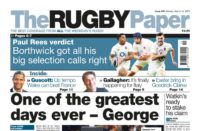
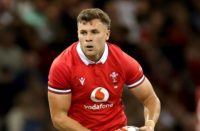























We had the best and most desirable rugby jerseys:
http://s102106789.websitehome.co.uk/Douai%20Society/Archives/Team%20Photos/Rugby/slides/MccabeSevens1965.html
You’d often get through a few each season as they were exchanged and liberated quite frequently!
Pingback: auto swiper